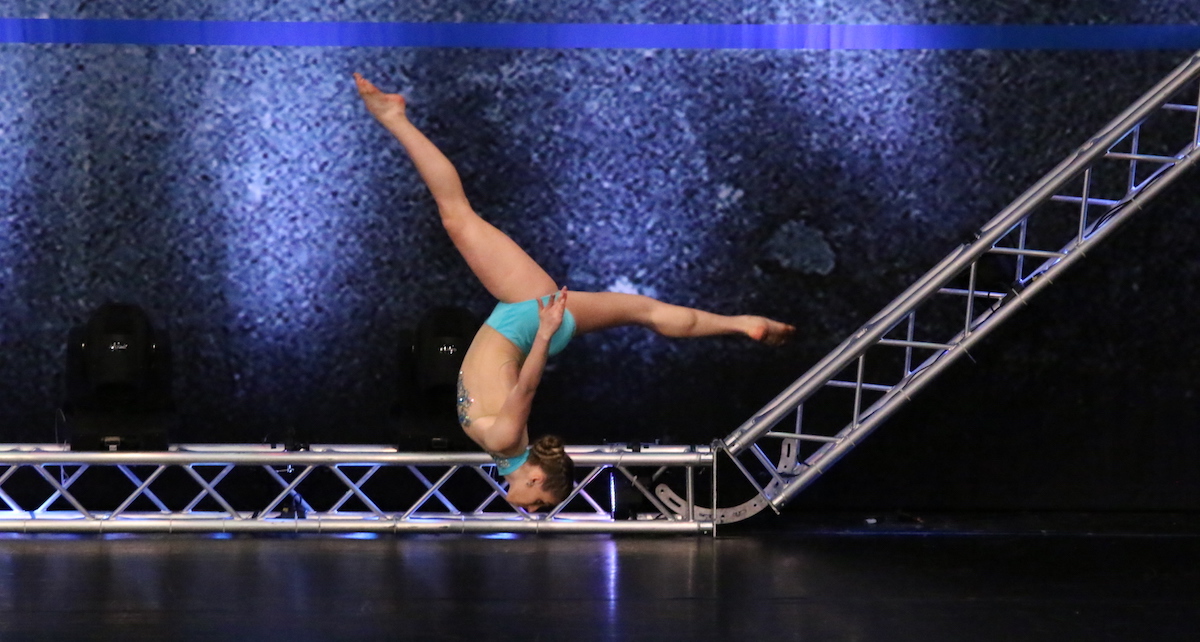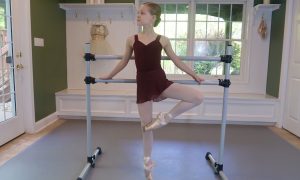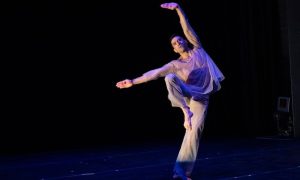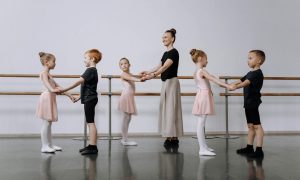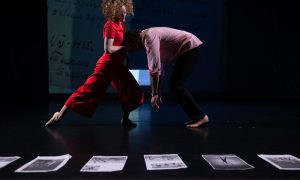As school is well underway and vacations end, there is still one season that studios and dancers look forward to — competition season. It is a time of conditioning, editing music, drafting costume ideas and so much more. As the playing field for performers is set and ready for excitement, Dance Informa talks to Groove Dance Competition judge Jill Lazzini about the key components that can make for a great competition season.
#1. Everyone must start somewhere.
Let’s face it, we all had to crawl before we walked. The same holds true for those dancers itching to hit the stage with their newly choreographed dances. Whether you are a Novice, Intermediate or Advanced level competitor, there must be a starting point. For some, this starting point may be intensives or bootcamp where they can truly test their endurance while seeing their technique improve.
#2. Set goals for the season.
While goals are usually set as a future endeavor, it is beneficial to reflect on prior experiences to see what you want to do better or differently the next time around. These goals could be technique-oriented or focus more on performance. Whatever goals you set, don’t be too hard on yourself or set a timeline on what could be improved over time.
#3. Find your “Why?”
Choreography and movement are the dancer’s way of expressing feeling and overall artistry. This can vary from ballet to jazz and even throughout hip hop. No matter the style, it is important to know why certain movements connect with one another as well as what you’re conveying in each routine.
Jill Lazzini tells Dance Informa, “I love to see dancers truly dance! Dancers who are enjoying what they’re doing, telling a story and performing for their audience are sharing their love for dance with everyone.”
#4. Don’t let nerves get the best of you.
Nerves are something that creep up at the worst moments. It may be due to excitement or due to fear, but whichever way you swing it, that feeling of nervousness cannot be escaped. So how can you combat your nerves when you’re about to hit the stage? After you’ve practiced your solo, duo or group numbers, it is always good to step away from practicing and listen to music. Some may find it helpful to watch other performances prior to theirs.
#5. Winning isn’t everything.
Yes, winning is great. It offers a feeling of accomplishment, excitement and everything else in between. However, solely focusing on the win can lead to a hard fall in the moments when you may not get the result you anticipated. The prize is one of the key factors that draws dancers to compete. Prizes ranging from medals to trophies moving on to monetary awards is enough to draw anyone’s attention. The bigger picture comes with the confidence in the overall performance. Did you finally hit the turn section that you messed up during rehearsal? How did the audience respond to your performance? These are the non-material factors that could be even more fulfilling than a win.
#6. Versatility is key
There is nothing more refreshing than being able to perform one style for a solo, for instance, and then flip the script and perform a completely different style for a trio or group routine. Versatility is something that offers dancers a chance to “wow” judges during competition but can stem even further when it comes to conventions. As a teacher, one of the best rewards is watching as your students can go from taking a two-hour ballet class and then switching into jazz or hip hop. The same can be said for routines performed.
#7. Competition is not a make or break.
Making a mark is something most strive to do when they get to compete for a new season, and it is what drives the machine that is competitive dance. Competition is a way to heighten the love for the art of dance and bring it to an arena to share with judges from all over for critiquing and further improvement. It is important to remember that competitions and conventions serve as a steppingstone for those who are passionate about their craft.
“I love watching what the dancers have been working on and working for,” says Lazzini. “The passion coming from the next generations of dancers is so inspirational and heartwarming to see. I am honored to be able to sit at the judges’ table and share my own personal knowledge, experiences and passion with the dancers performing for us.”
#8. Take care of yourself.
Rigorous schedules of running from one practice to the next can take a toll on the body. While training and dancing competitively is fun and high-paced, it is easy for the body to be worn down. For dancers to have longevity in their artistic endeavors, taking care of the body is a major priority. This applies especially for those who want to venture into the professional realm of dance.
Lazzini advises, “In order to take class all week and compete and participate in conventions, dancers need to take care of themselves. Make sure you are resting your body, fueling your body properly while stretching and strengthening so that your body can achieve all that you want without injury.”
#9. Sportsmanship is a must.
Everyone is vying for the same thing when we look at the competition world. Sights are set on the ultimate prize and the acknowledgement from the judges. It is easy to get caught up in the mindset of wanting to top the other groups that you encounter no matter what competition you attend. Because everyone is there for a common goal, the love of dance is also a shared trait. During competition, it is not just about one group in attendance but instead the many groups that may come in from all over the country. It is okay to cheer other groups on. In fact, it is greatly encouraged and won’t go unnoticed.
“Please watch as many dances from your studio and other studios as well,” says Lazzini. “There is always something to learn, someone to be inspired by and someone to cheer for.”
#10. Remember why you love what you do.
It is easy to get discouraged when you haven’t accomplished something as quickly as you wanted. Do not let shortcomings get in the way of why you started in the first place. There is always room for improvement and plenty of people supporting you in the process.
Lazzini concludes, “Trust in your training and all that your teachers have worked on with you.”
By Monique George of Dance Informa.


